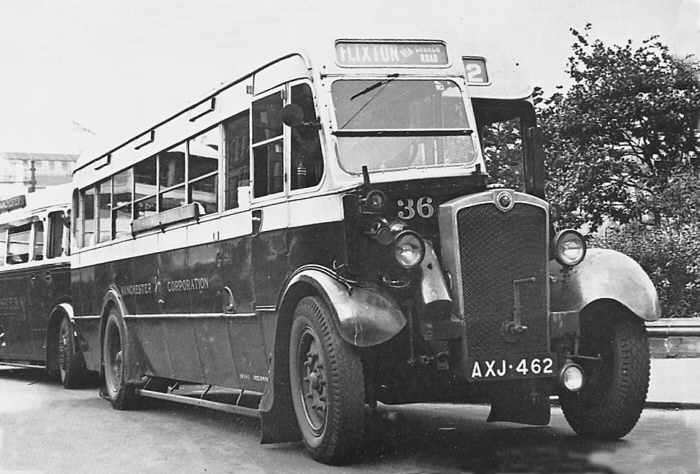In the early 30's the British Army and the Royal Navy worked together on remote control ships, one project was fitting Coastal Motor Boats with radio control, although that never reached completion. One project that was completed by Mr Evershed of the Royal Navy Signals School was the fitting on an old battleship, HMS Centurion, with remote control to use it as a target drone for coastal batteries.
 |
| HMS Centurion as a target ship |
There is some argument as to whom came up with the idea of the remote control tank. Brigadier Percy Hobart makes the claim it was his idea, however that is based entirely upon a minute in a 1937 meeting being deleted. A review into the UK records conducted in 1946 suggests the idea came from an officer called "Chapham", but fails to credit him with his full name.
On the 5th of December 1935 the first meeting on the subject was carried out, where the basic role was laid out:
- To carry out reconnaissance of an area over which an attack may be made. The idea of the remote control tank was to draw fire from enemy guns, so that they may be targeted.
- To find out the location of enemy minefields by driving into them and finally to be used as a mobile mine. the explosive charge could also be used to destroy the tank should it be in danger of being captured. A requirement was that it should be controllable from a standard issue army radio set.
The project was codenamed "Edward".
Upon hearing this the Air Ministry declared it would likely take two years to develop. and then both elements of the Air Ministry present at the conference started using the project as a chance to empire build. The Royal Aircraft Establishment demanded an increase in staffing levels, while the Air Ministry itself asked for an extra £5000 in its budget to be taken from the armies allocation. However in 1936 the project was regulated to minor status as the Air Ministry was working on its own project, a rocket powered remote control plane. Of the £5000 allocated to the Air Ministry only £708 of the grant had been spent on the project, of that £638 was for the gearbox.
Initial testing found that an automatic gearbox was needed. By a happy stroke of luck one had just been invented by Freeborn Power Converters Ltd, and fitted to a omnibus, where it had completed 28,000 miles without fault.
 |
| Best guess at the type of bus fitted with the gearbox. |
 |
| Standard Light tank MKII |
Edward was privately demonstrated on 1st of June 1936, and announced ready for full demonstrations on 2nd July. However those demonstrations didn't take place until the following year. In the 13 Jan 1937 demonstrations the witnesses were very impressed by the performance of Edward. However a question was raised. Somewhere in the previous year Edward had switched from a project for service to a technology demonstrator. The visiting dignitaries asked where the research project could go from its current high point. One suggestion was to use Edward as target for anti-tank gun training.
However in light of its flawless performance Edward was given a stay of execution. Some additional goals were added, to increase the range of operation up to 3000 yards, the ability to lay a smoke screen (which resulted in an air compressor being fitted) and a safety system that would stop the tank if it didn't receive a signal for more than 30 seconds. Trials at Bovington were scheduled for later that year, and Edward moved back to being a project for a service piece of equipment. The Air Ministry asked for another £5200 to cover development in 1938, which was approved on Christmas Eve 1937.
 |
| No.11 wireless set |
 |
| Queen Bee Target drone |
For some reason at this high point the Edward project was wound up with a notification sent to the Air Ministry to stop work on 14th December 1938. Some discussions were held about fitting Edwards to A12 Matilda Seniors to serve as gunnery targets, although there's no record of this being carried out.
Instead of linking the pictures directly from the website they came from, could you upload them on a private server and then give credit to where they came from?
ReplyDeleteI was checking the old article and almost all of the old pictures have vanished (probably because the server/site went offline)
Ok good point, I'll look into it.
DeleteThanks.
Yay, I made change happen! :D
Delete